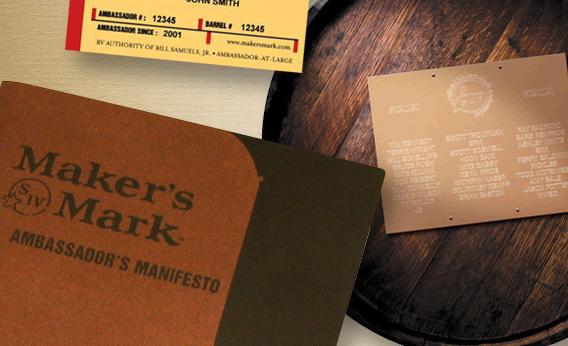Maker’s Mark announced in an email to distributors over the weekend that it’s going to be decreasing the alcohol content of its bourbon by 3 percent. That turns out to have been a misstatement on the company’s part and they’re actually reducing it by three percentage points—from 45 percent by volume to 42 percent by volume—but it’s still a substantial change.
The reason is clear enough. Demand for bourbon is skyrocketing internationally, which is great for U.S. bourbon producers, but which also means they’re facing strained supplies.
The obvious question is, why would it be better to water down your product rather than simply raising prices? The stated reason is that they’ve tested this extensively and think customers won’t notice a difference. One possibility is that the company is making a huge mistake and people are going to hate the new product. But in some ways the more damning possibility is that the company is right and its customers won’t notice the difference. The issue there is simply that a three percentage point difference in alcohol content clearly will change the taste of a beverage. There’s just no way around it. If you can alter the formula that much without people caring, you’re just saying your customers aren’t really paying attention to the flavor of the drink.
When this news broke, my Twitter feed was full of bourbon snobs sneering at Maker’s Mark, which is perhaps a sign that the company’s customer base really is primarily composed of people who don’t know what they’re talking about and won’t care. Personally, I like Maker’s Mark (full disclosure—I once tweeted something positive about Maker’s Mark and got mailed a free bottle from a PR firm that represents the company) so I’m sad to hear they’re changing the formula.
That said, one way ot think about this is as part of an overall rebalancing of Beam Inc.’s bourbon portfolio. The same company that makes Maker’s Mark also brings you Jim Beam at the lower end, and Knob Creek, Basil Hayden’s, and Booker’s (my choice of the whole lot) at the higher end. In the context of an overall growing bourbon market, the point isn’t just to sell any one brand of bourbon, it’s to manage all the brands simultaneously. Beam’s different bourbons compete with nonconsumption of bourbon, but they also compete with each other. Raising Maker’s Mark prices would have spillover consequences for the price of other bourbons in the portfolio, while if some customers are alientated by the steps taken to keep Maker’s prices low they may simply upshift to Basil Hayden’s or Booker’s.
